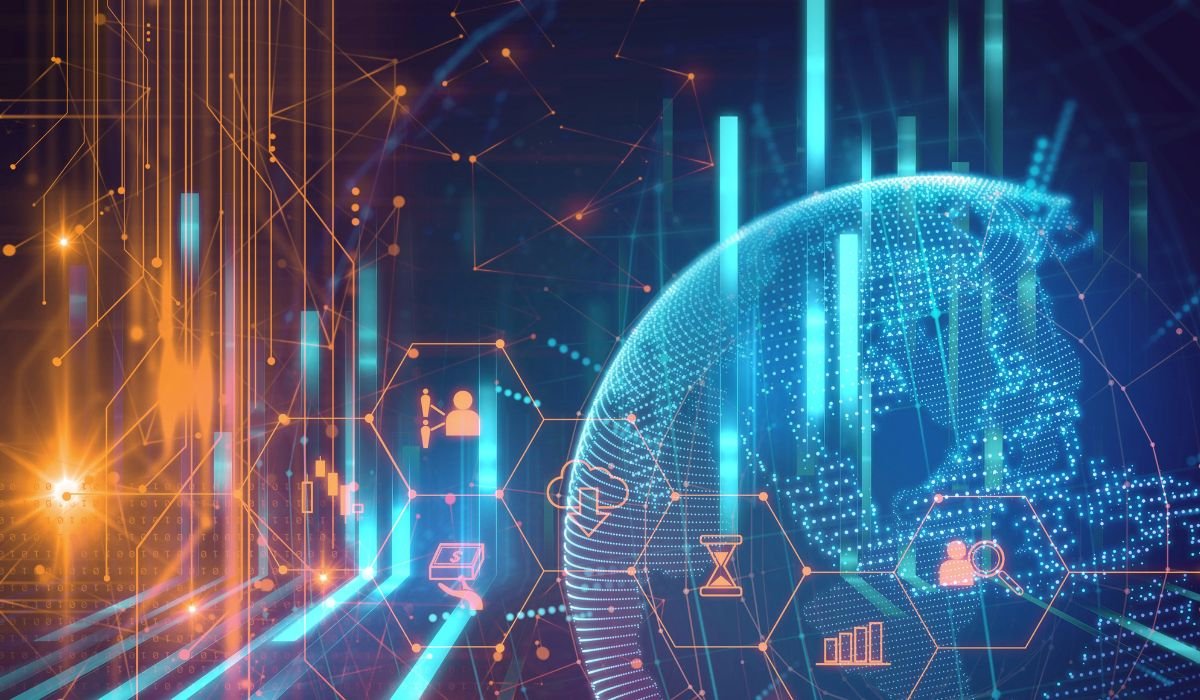In our rapidly advancing world, telecommunication, or teltlk, stands as a testament to humanity’s relentless pursuit of connection. From ancient smoke signals to the sophisticated 5G networks of today, teltlk has evolved dramatically, shaping our interactions and innovations.
A Brief History of Telecommunication
Connecting the World The Evolution of Teltlk
Telecommunication has a rich history that dates back to ancient civilizations. Early humans used smoke signals, drums, and carrier pigeons as primitive means of communication. These methods, while limited, laid the groundwork for more advanced technologies. The invention of the telegraph in the 19th century revolutionized long-distance communication, allowing information to travel faster than ever before.
Early Forms of Telecommunication
Smoke signals and drums were among the first forms of telecommunication. Though basic, these methods enabled tribes to send messages over long distances. Carrier pigeons added another layer of sophistication, allowing for the delivery of written messages. The telegraph, invented by Samuel Morse, marked a significant leap forward. By transmitting electrical signals over wires, it facilitated real-time communication across vast distances, changing the way people connected.
The Telephone Era
The telephone, invented by Alexander Graham Bell in 1876, further transformed communication. It allowed individuals to speak directly with one another over long distances, making communication more personal and immediate. Telephone networks expanded rapidly, connecting cities and countries. This era saw the rise of telecommunication giants and laid the foundation for modern communication systems.
The Digital Revolution and Telecommunication
The Birth of Digital Communication
The shift from analog to digital communication marked a turning point in teltlk. Digital signals, which are easier to manipulate and transmit, enabled clearer and more efficient communication. The development of modems and digital subscriber lines (DSL) facilitated this transition, providing faster and more reliable connections.
The Internet and Its Impact on Telecommunication
The internet revolutionized communication, offering a platform for email, instant messaging, and social media. It broke down geographical barriers, allowing people to connect and share information globally. The rise of digital communication transformed businesses, education, and daily life, making information more accessible than ever before.
Mobile Telephony
Mobile phones revolutionized teltlk, evolving from bulky devices to sleek smartphones. This evolution brought about unprecedented convenience and connectivity. Mobile technology has had a profound impact on society, enabling global communication and transforming industries. The rise of mobile apps and services has further enhanced our ability to connect, work, and entertain ourselves on the go.
Modern Telecommunication Technologies
Voice over Internet Protocol (VoIP)
VoIP is a game-changer in telecommunication. It allows voice calls to be made over the internet, bypassing traditional phone systems. This technology offers significant advantages, including cost savings and increased flexibility. Popular VoIP services like Skype and Zoom have become essential tools for businesses and individuals alike.
Fiber Optic Communication
Fiber optic cables are the backbone of modern telecommunication. These cables use light to transmit data, offering higher speeds and greater reliability than traditional copper wires. Fiber optic communication has transformed industries and enabled the seamless transfer of large amounts of data, supporting everything from streaming to cloud computing.
5G Technology
5G technology promises to revolutionize teltlk once again. With its lightning-fast speeds and low latency, 5G opens up new possibilities for the Internet of Things (IoT), autonomous vehicles, and virtual reality. This technology has the potential to transform industries and enhance our daily lives, paving the way for a more connected world.
The Future of Telecommunication
Emerging Technologies
The future of teltlk is bright, with emerging technologies like satellite internet, quantum communication, and 6G on the horizon. Satellite internet aims to provide global connectivity, even in remote areas. Quantum communication promises unparalleled security, while 6G is expected to offer even faster speeds and more advanced capabilities.
Challenges and Opportunities
The telecommunication industry faces challenges such as cybersecurity threats and infrastructure limitations. However, these challenges also present opportunities for innovation and growth. Developing secure and reliable networks will be crucial to harnessing the full potential of emerging technologies.
Ethical Considerations
As teltlk advances, ethical considerations come into play. Issues such as privacy concerns and the digital divide must be addressed to ensure responsible use of technology. Balancing innovation with ethical practices will be essential for building a connected and inclusive society.
A Connected World
Teltlk plays a vital role in connecting people, enabling communication, and driving innovation. From ancient smoke signals to cutting-edge 5G networks, telecommunication has come a long way, shaping our world in countless ways.
Recap of Key Points
- Telecommunication has evolved from ancient methods to modern technologies, revolutionizing communication.
- Digital communication and the internet have transformed how we connect and share information.
- Modern technologies like VoIP, fiber optics, and 5G offer new possibilities for communication and innovation.
- Emerging technologies present both challenges and opportunities for the industry.
- Ethical considerations are crucial to ensuring responsible use of telecommunication technologies.
You May Also Like: Deciphering u231748506 in Popular Culture
Conclusion
For those interested in exploring the world of telecommunication further, consider researching emerging technologies and their potential impact. Engaging in discussions about ethical considerations and staying informed about industry trends can also contribute to a more connected and responsible future.
FAQs
- What is teltlk?
- Teltlk refers to telecommunication, encompassing various means of communication over a distance using electronic devices.
- How has teltlk evolved over time?
- Teltlk has evolved from early methods like smoke signals and telegraphs to modern technologies like the internet and mobile phones.
- What are the benefits of modern telecommunication technologies?
- Modern technologies offer faster speeds, greater reliability, cost savings, and new possibilities for innovation and connectivity.
- What challenges does the telecommunication industry face?
- The industry faces challenges such as cybersecurity threats, infrastructure limitations, and ethical considerations.
- How can we ensure responsible use of telecommunication technologies?
- Responsible use can be ensured by addressing privacy concerns, bridging the digital divide, and adhering to ethical practices.











